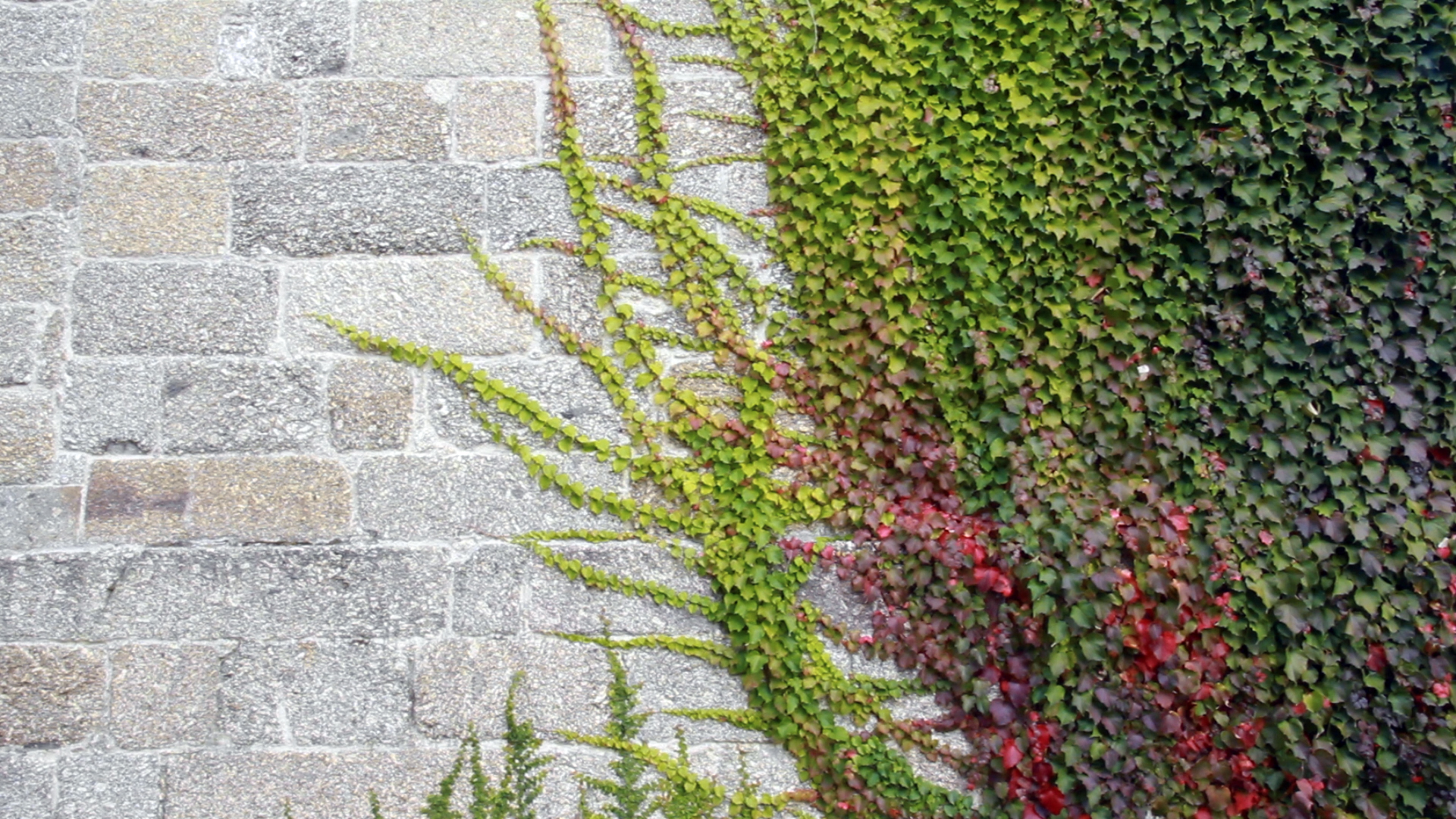9 x 9 x 9

I am about to become super annoying on social media.
This week was the première of “9×9×9”, a new offering by MPMP for this coming season. Over the next nine months, a crack team of nine artists will put together a series of audiovisual miniatures to be posted online, at a rate of nine per month.
These microludes1 are fashioned after the haiku, albeit one that is haunted and fundamentally changed by the experience of the pandemic. The imagistic flashes of the poetic form are no longer moments of heightened focus, reading instead as points in a continuum undisturbed by anything much of note; its penchant for the quotidian and the domestic no longer a source of enlightenment, but a simple result of the only possible modality of experiencing left. Classically, haikus have observed the passage of time through the changing of seasons. And now, vexingly, so do we: Summer was a relief, but we might be staring down a new wave come Winter.
The format poses a number of challenges. The first of which is that this, ladies and gentlemen, will be a circus act without a net. The cycle has not been composed ahead of time — and, in true film music fashion, the turnarounds are quite tight.
This means, first and foremost, that I lose the privilege of controlling form outside of time. To paraphrase and mangle a saying by Miguel Azguime, form is le temps des autres no more: scooch over, because it’s now also mine. I tread onwards with nothing but the faint artistic ability of previewing a sort of future, propped up by an incipient sense of craft and unwarranted stubbornness. I assume Tolstoy already knew, at the very least, how Anna Karenina would end. In any case, it feels like the serialized novel will be less Tolstoy and more Joyce’s Ulysses.
The cycle shall then be structured by force of the symptom. Instead of presenting, explaining, developing “motivic material” (whatever that stands for, nowadays), I will instead have to create spaces that explain the energies already contained in this early fabric of intuitively composed utterances. It is the reinterpretation of the symptom that bestows meaning (albeit a contingent one) on past affections; each new interpretation of a symptom reorganizes all its past occurrences. This is what allows Lacan2 to colorfully claim that repression comes from the future: only at its apex is the symptom indexical of its master signifier. That is my game plan for coherence, both across the cycle and within each haiku: moving forward by probing the elements that unsettle the texture of the past, to see what kind of impulses they betray. Or, alternatively, the other way around: testing a certain impulse’s flexibility to organize behavior under different circumstances. This appears to me, in any case, to be not too dissimilar to the basic movement of the haiku: to enlighten through symbolic juxtaposition — only turned inward.
The music, deftly played by Miguel Costa, Fernando Brites, Jan Wierzba and Daniel Bolito, accompanies the beautiful imagery put together by Mário Gajo de Carvalho and Agnes Meng. Supporting the whole endeavor is a 81-strong string of haikus, woven together into an impressive quasi-libretto by Tatiana Bina.
-
I thought I was borrowing from Kurtág, master of the form. But aparently I’m also borrowing — unwittingly yet symptomatically — from a decade-old Blogspot page turned message-in-a-bottle (turned quasi-artwork?) that calls a microlude that “tiny delusion of grandeur when one thinks that their latest post, tweet or status update will make them famous”. Sounds appropriate. ↩
-
Lacan was featured in Squid Game, which makes this “riffing on pop culture” instead of “hermetic pseudo-intelectual posturing”. Get with the times. ↩